Mexico’s Mayan Ruins
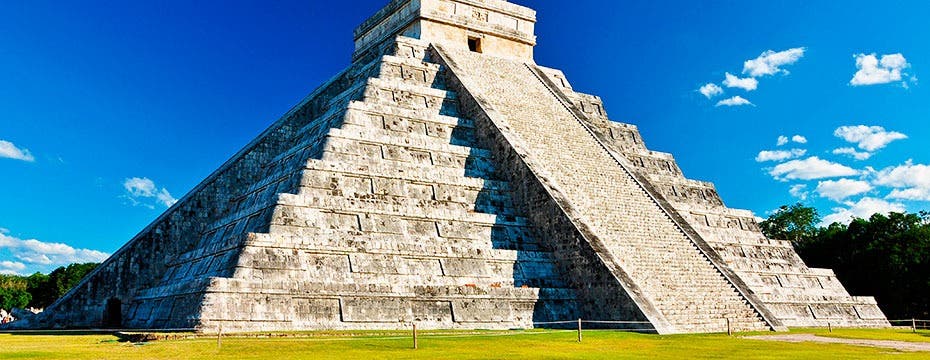
Maya civilization is known, nowadays, for its fantastic astronomical knowledge, hieroglyphic script, a famous calendar and, of course, the ruins that have been left behind in Mexico, Guatemala and Belize, the areas in which the civilization once flourished. A tour in Mexico is not complete without visiting one, or more, of these fascinating and largely well-preserved archaeological sites, which are sure to capture your imagination and whisk you away to an ancient time. The Maya began as an agricultural society from as early as 2000BC, and the first Maya cities were not seen until around 750BC. The Classic period saw the real rise of Maya society and around 250AD the impressive city-states were raised. It wasn’t until the 17th century that the final Maya cities fell to Spanish conquistadors.
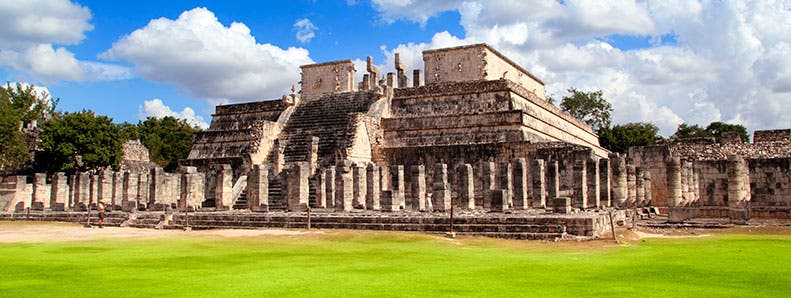
Chichen Itza
Located on the Yucatan Peninsula, Chichen Itza thrived between 600AD and 1200AD as a northern capital city and a major economic power, as it was located well for trade by water. El Castillo, a large and impressive pyramid structure, dominates the site today and once served as a temple to the Maya God. Kukulcan. Famously, the northeast and southwest corners of the pyramid are aligned with the rising and setting sun, creating a beautiful scene twice a day, which conjures up feelings of a mystical past and evokes memories of a mysterious civilization. It was once a site of spiritual importance too, as it contains a Sacred Cenote, a large well, which held a lot of significance to the Maya people who worshipped the ancient rain God, Chac. The sheer size of the city means that a whole day should be spent here to get a real overview of the site and to be immersed in the atmosphere, and of course, don’t forget to stay for the sunset to catch the impressive sun alignment at El Castillo.
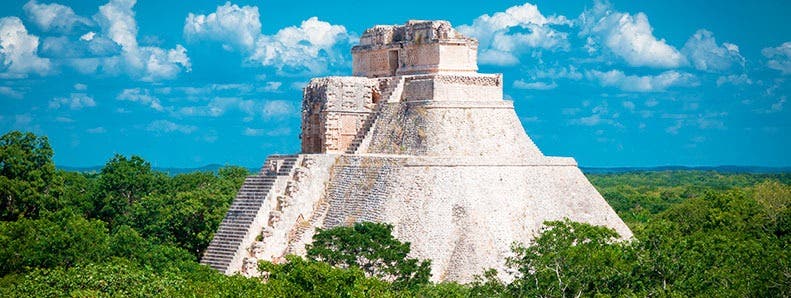
Uxmal
Just south of the city of Merida, the World Heritage site of Uxmal is home to the Pyramid of the Magician, shrouded in mystery and a structure which features heavily in Mesoamerican folklore and ancient Mayan stories. Built in 850AD and abandoned after the Spanish conquest of Yucatan, Uxmal is characterized by low rectangular palaces and lush courtyards. The city was at its peak in the Late Classical period where it was a religious center for the entire Pucc region. The Pyramid of the Magician is a large, pyramid structure which boasts smooth edges and an exterior staircase that leads to an open platform at the peak, most probably used for religious ceremonies, or even human sacrifice, a tradition practiced by the ancient Mayans. The Governor’s Palace, found on the site, is an excellent example of stone mosaic work and lies on a raised part of the ground. You can find here a beautiful stone throne, decorated with jaguar heads and positioned for stargazing. On a particular night, once every 8 years, the throne is perfectly situated to watch the setting of the planet Venus, a further astrological detail so characteristic of Maya civilization. Today, nightly light and sound shows make for a captivating experience and highlight the truly spectacular nature of this special site.
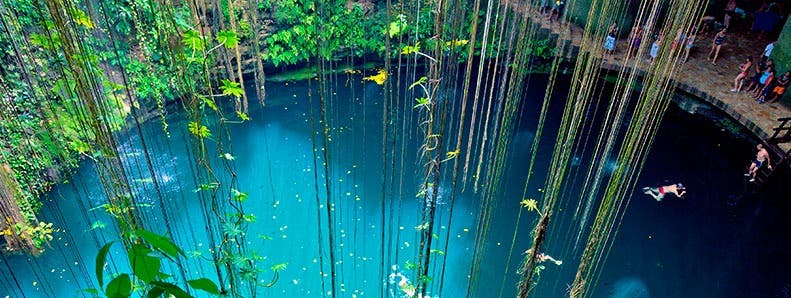
Both sites, which are easily accessible from the popular resort of Cancun, are unmissable windows into an ancient civilization and are certain to inspire ideas of a time gone by and new memories of discovery if you are lucky enough to visit. Chichen Itza and Uxmal are both very well preserved and unlock fascinating insight into a time so different from the one we live in now.

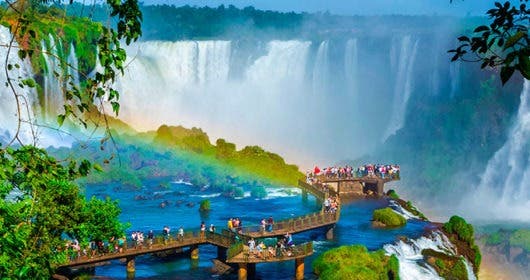
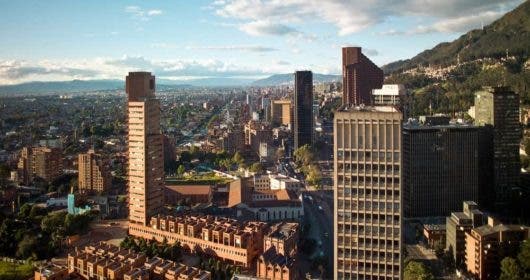
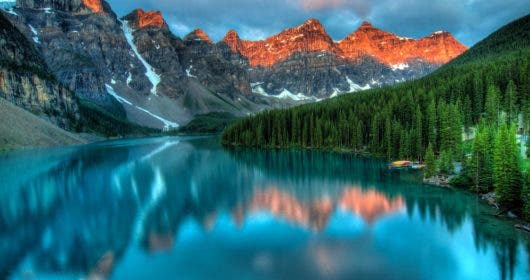
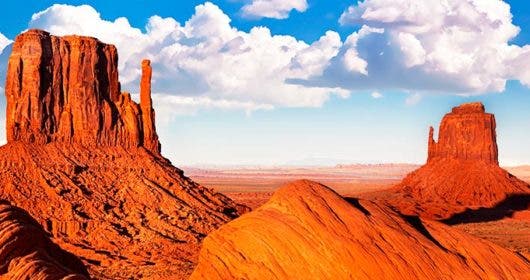


Comments are closed.